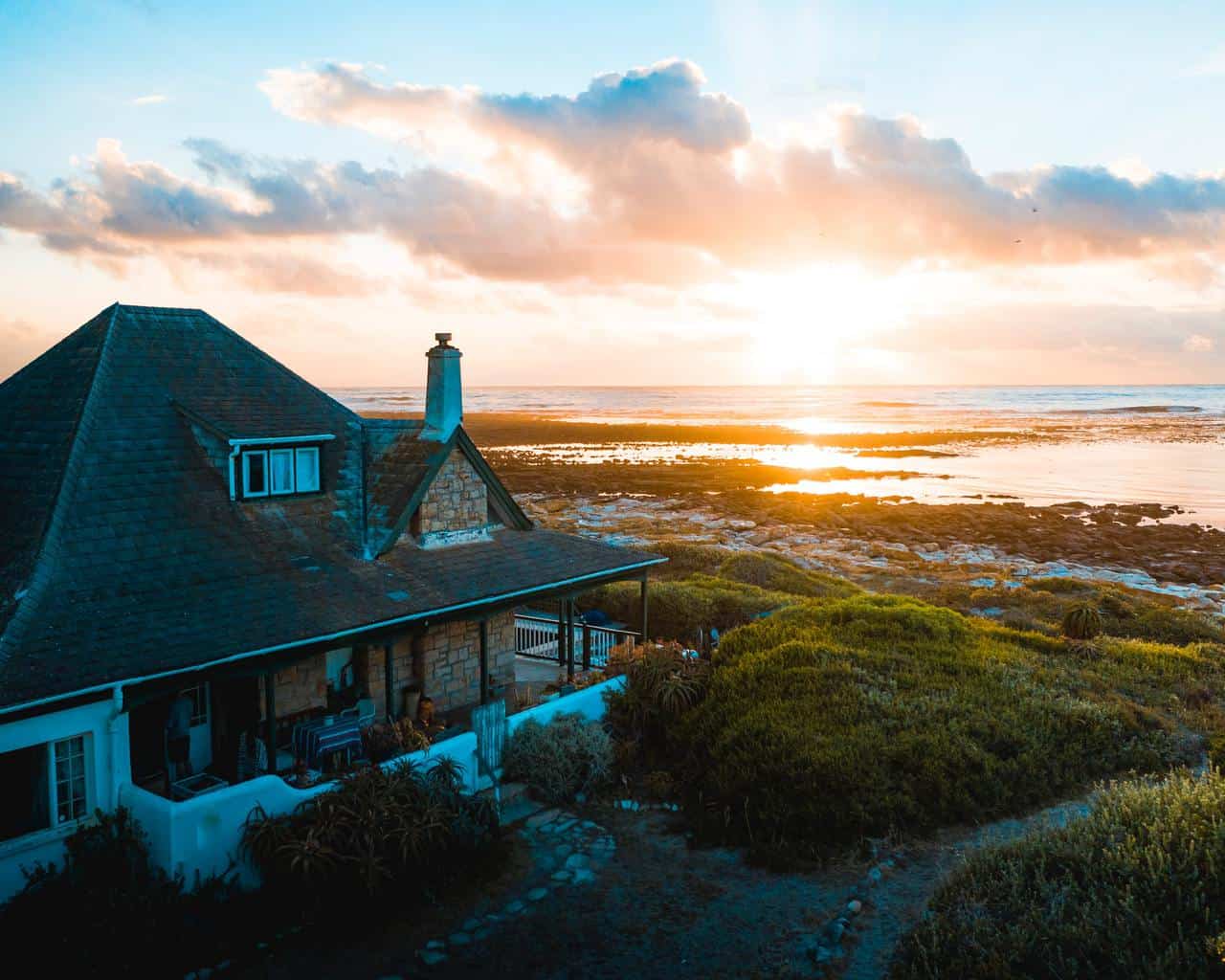Do you want to buy a second home but can’t afford to pay cash? You’ll need a mortgage to make the purchase.
But are mortgages for second homes similar to those that are offered for primary residences? Or do they have different qualification criteria, down payment requirements and higher closing costs?
In this guide, you’ll learn the answers to these questions and more.
What is the Difference Between a Second Home Mortgage vs. a Primary Residence Mortgage?
The lending process for both products is similar. However, there are some key differences to be aware of.
Most mortgages offered for primary residences allow the borrower to make a small down payment. Some pay just three to five percent, and there are government-backed products that don’t require a down payment. You could also get approved for a home loan, even if you don’t have excellent credit.
Mortgages for second homes are a bit more stringent, and you can expect to put at least 10 percent down and get a slightly higher interest rate. Plus, the lender will generally require good or excellent credit and an account with a substantial amount of reserves on hand to approve you for a loan.
How to Buy a Second Home
Here are some tips to keep in mind as you prepare to buy a second home:
1. Determine if You Can Afford a Second Home
Run the numbers to determine if a second home is a sensible financial investment. Calculate the costs associated with purchasing the property, including the down payment and closing costs you’ll need to bring to the table to secure the loan.
Also, consider how the monthly payment, including principal, interest, property taxes, homeowners insurance and HOA or CDD fees (if applicable), will impact your budget. And don’t forget to factor in the costs to upkeep the property.
If these figures seem a bit excessive or stretch your budget too thin, it may be best to hold off on the purchase.
2. Save for Down-Payment
As mentioned earlier, you could need as much as 10 percent to qualify for a home loan. If you already have the cash, you can skip this step. Otherwise, identify ways to come up with the money. You can curb costs, earn more or possibly access equity from your primary residence. More on that shortly.
3. Get Pre-approved for a Mortgage
Each lender has its own set of qualification criteria. You’ll need a verifiable source of income, an acceptable credit score and a debt-to-income ratio that doesn’t exceed the lender’s threshold.
Still, the only way to know you’re eligible for a mortgage for a second home is by getting pre-approved. Some lenders feature pre-qualification tools on their websites that let you gauge your eligibility and view potential loan terms with no impact on your credit score.
If you pre-qualify, the next step is to work with the lender directly to get pre-approved. This generally entails providing more personal information and income documentation to the lender to substantiate your claims.
4. Find a Real Estate Agent
Do your research and ask around for recommendations. You want a real estate agent that provides exceptional service. They should also be extremely knowledgeable of the market trends for the area you’re looking to buy in and have superb negotiation skills to ensure you get the best deal.
5. Purchase a Second Home
Before you can close, you’ll need to schedule an appraisal, have the home inspected, secure title and homeowners insurance, and conduct a final walk-through of the property. Your real estate agent and the lender can advise you on any other actions needed to wrap up the transaction.
The final step is to schedule the closing, review the loan documents and sign on the dotted line. It’s vital that you read the package in its entirety to ensure you understand the terms and conditions of the loan.
Expect to close between 30 and 60 days from the initial contract date, assuming there aren’t any delays.
How to Pay for a Down Payment on Your Second Home
Short on the funds to make the down payment on a second home? Consider these options:
Home Equity Agreement (HEA)
Home equity loans, HELOCs, and cash-out refinances aren’t the only way to secure funds for a down payment. If you want a viable alternative to access your equity without taking out a loan, then this is the best choice for you.
You can get cash today in exchange for a share in your home’s future increase or decrease in value. Even better, the home equity agreement doesn’t come with monthly payments or interest charges. You can use the funds to make a payment on your second home. And if there’s money left over, you’re free to spend it however you have fit.
Home Equity Loans
A home equity loan lets you convert the equity in your home into cash. It acts as a second mortgage, and the amount you can borrow is determined by your equity, minus the amount you owe on your home. Suppose your home is valued at $495,000, you owe $325,000 on your mortgage, and the lender lets you borrow up to 85 percent of your home’s equity. In that case, you’ll be eligible for a home equity loan of up to $95,750 ($495,000 * .85 – $325,000).
The interest rate is fixed, and loan payments are made in equal monthly installments over several years.
HELOCs
Like a home equity loan, a home equity line of credit (HELOC) also allows you to tap into your home’s equity. But you won’t get a lump sum when the loan closes. Instead, you’ll get access to a pool of funds that you can pull from during what’s known as the draw period.
The draw period usually lasts 10 years, and you’ll make interest-only payments on the amount you spend. You can also pay down the principal and re-use the funds as many times as you’d like.
When the draw period ends, withdrawals are no longer allowed. The remaining principal balance is converted into a loan payable in monthly installments over a set period. But the payment amount could fluctuate if you get a variable interest rate.
Cash-Out Refinance
A cash-out refinance is another way to pull the equity out of your home. It converts your existing mortgage into a new loan that includes the amount you borrow in equity. Consequently, your monthly payment will typically be higher. And you could get a higher interest rate than you had before. The upside is you’ll only make one housing payment per month.
So, say you owe $275,000 on your home, it’s now worth $425,000, and the lender approves you to borrow up to 95% of the property’s equity. You’ll get a new loan for $403,750, which accounts for the original mortgage amount of $275,000 and the $128,750 you borrow ($425,000 * .95 – $275,000).




